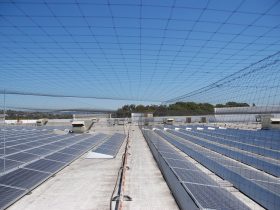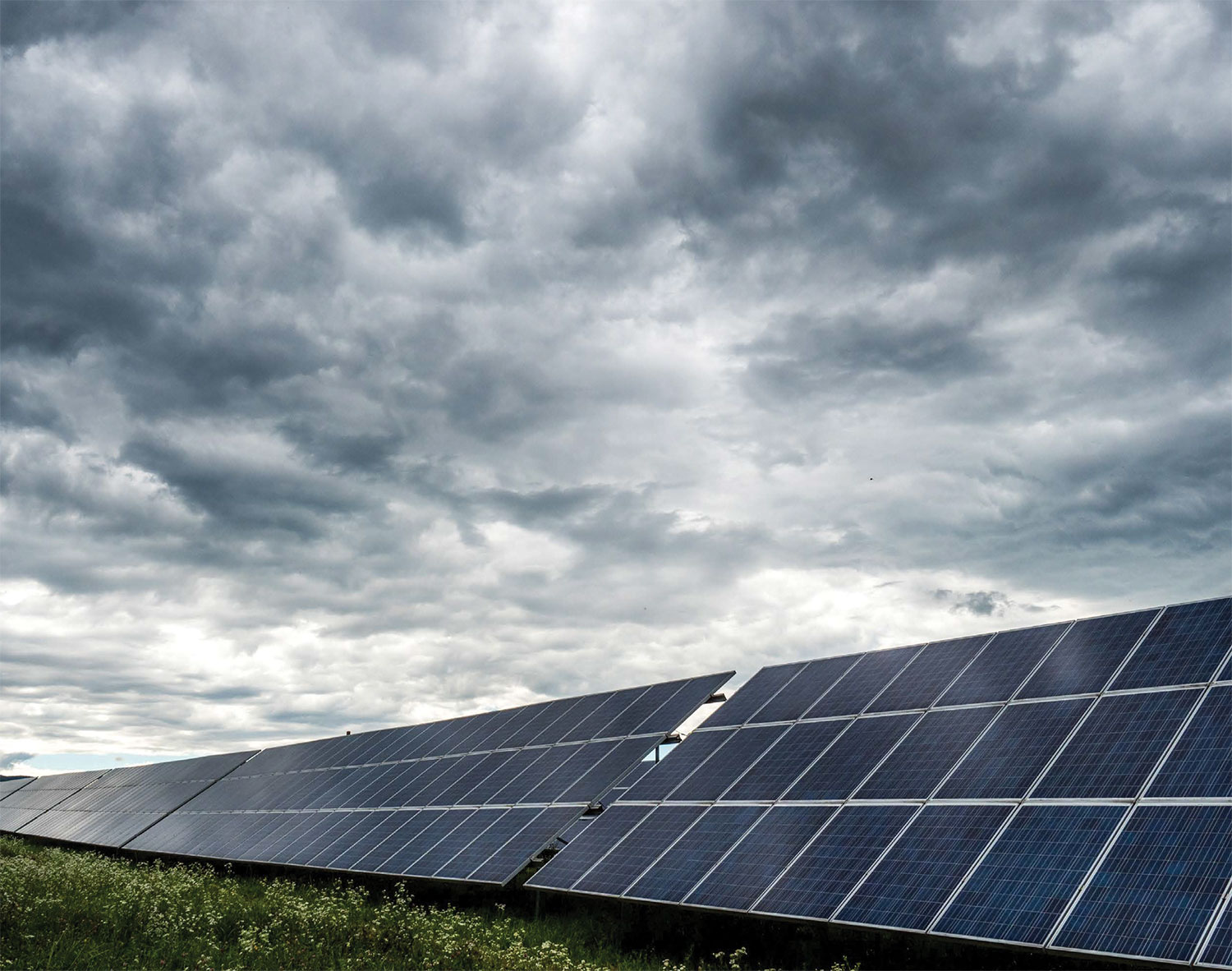YouTube users may have recently noticed commercials on the platform promoting a career as a wind turbine technician. That point was expounded upon Tuesday by industry executives at the Wind O&M + PV Operations Conference in Dallas.
During a panel discussion on wind and solar operational optimization, executives talked about the aging population of wind turbine technicians and expressed a great need for new technicians who can climb the structures and perform repair and maintenance tasks.
“There’s a huge demand for technicians in the field,” said Gerrud Wallaert, senior vice president engineering for E.ON. “We need to be proactive with technicians retiring.”
“We’re encouraging our area managers to visit the local schools to get our name out,” said Jeff Wehner, vice president of renewables at Duke Energy. “Going to those [middle and high] schools is getting your resources for the next few years.”
Some panel members said they are working with local unions to discuss and resolve future workforce needs while others are thinking about ways to get people excited about the wind industry.
Using new technologies to aid the safety and health of turbine technicians was a top priority for panelists. Jorge Villalobos, general manager of operations (wind/solar) for Shell New Energies said he likes using augmented reality (AR) as a tool for turbine inspections and believes sending technicians to school to know both manual and AR tower inspection techniques will help in the process.
Other panelists said focusing on leadership training with technical skills goes a long way in preparing workers for the future.
While there is an obvious need for workers, safety remained at the top of the discussion.
“Caring for [the safety] of workers will always be the focus,” said Rafael McDonald, director North American renewable power for IHS Markit.
“We have to take care of our people,” Wallaert said. “People first.”
“Climbing alone won’t help the long-term health of the technicians,” said Ian MacRobbie, vice president of operations at Liberty (Algonquin) Power. He likes the use of lifts over climbing the turbines but said some states have restrictions against their use.
All panelists agreed that having a certification program would be most beneficial, but states and organizations do not agree on what should be the minimum standard for a wind turbine technician.
Wehner said a certification program could cut the training time for new technicians. Wallaert explained that some provinces in Canada require wind turbine technicians to be certified electricians which eliminates many candidates. That, along with the fact many states in America differ on the basic standards for technicians make creating a certification program harder.
While there are many challenges in this young and growing industry, the fact remains that there is plenty of work in this field for those who are willing to climb turbines and learn the needed skills.















Find Us on Socials